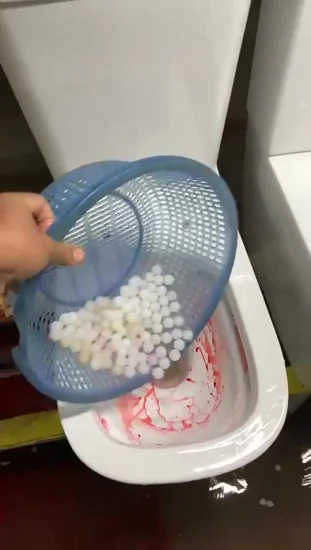Is it Permitted to Dispose of Food Down the Toilet?
Is it Permitted to Dispose of Food Down the Toilet?
Blog Article
Presented here further down you'll find additional dependable resources around Is it safe to flush food (especially rice) down the toilet?.

Introduction
Many people are often confronted with the problem of what to do with food waste, particularly when it pertains to leftovers or scraps. One common concern that emerges is whether it's fine to purge food down the commode. In this write-up, we'll explore the reasons that individuals might consider flushing food, the effects of doing so, and different techniques for correct disposal.
Reasons that individuals could consider purging food
Absence of understanding
Some people may not know the potential harm caused by purging food down the toilet. They might incorrectly believe that it's a safe method.
Ease
Purging food down the bathroom may feel like a quick and simple option to disposing of unwanted scraps, especially when there's no close-by trash bin offered.
Laziness
Sometimes, individuals might just choose to flush food out of sheer negligence, without taking into consideration the consequences of their activities.
Effects of flushing food down the toilet
Ecological influence
Food waste that winds up in rivers can add to contamination and damage water communities. Additionally, the water made use of to purge food can strain water sources.
Pipes concerns
Purging food can result in clogged up pipes and drains, triggering expensive plumbing fixings and troubles.
Kinds of food that must not be purged
Coarse foods
Foods with coarse textures such as celery or corn husks can get entangled in pipes and create clogs.
Starchy foods
Starchy foods like pasta and rice can soak up water and swell, leading to obstructions in pipelines.
Oils and fats
Greasy foods like bacon or cooking oils must never ever be flushed down the bathroom as they can strengthen and create blockages.
Proper disposal methods for food waste
Using a garbage disposal
For homes outfitted with waste disposal unit, food scraps can be ground up and flushed via the plumbing system. Nonetheless, not all foods appropriate for disposal in this fashion.
Recycling
Certain food product packaging materials can be reused, reducing waste and decreasing ecological influence.
Composting
Composting is an environmentally friendly method to take care of food waste. Organic products can be composted and made use of to improve dirt for gardening.
The importance of correct waste administration
Minimizing environmental injury
Proper waste monitoring methods, such as composting and recycling, aid lessen contamination and preserve natural resources for future generations.
Safeguarding plumbing systems
By staying clear of the technique of flushing food down the bathroom, home owners can avoid costly pipes repairs and keep the integrity of their plumbing systems.
Conclusion
To conclude, while it may be alluring to purge food down the bathroom for benefit, it is necessary to recognize the possible repercussions of this activity. By embracing correct waste administration practices and throwing away food waste sensibly, people can add to healthier plumbing systems and a cleaner setting for all.
FLUSH FOOD DOWN THE TOILET?
FLUSHING FOOD CAN CAUSE BLOCKED DRAINS IN YOUR HOME
All of the plumbing fixtures in your home are connected to the same sewer pipe outside of your home. This outdoor sewer pipe is responsible for transporting all the wastewater from your home to the Council sewer mains. Even small pieces of food that go down the kitchen sink can cause problems for your sewer. It should therefore be obvious that flushing larger bits of food, such as meat, risks a clog in either the toilet itself or the sewer pipes. Flushing greasy food is even more problematic because oil coagulates when it cools, coating the interior lining of your pipes.
THE TOILET IS NOT A BIN
Food isn’t the only thing that people shouldn’t be flushing down the toilet. People use the toilet to dispose of all kinds of things such as tampons, makeup wipes, dental floss, kitty litter and even underwear. Water goes to great lengths to educate residents about the high costs and stress placed on wastewater treatment systems simply from people flushing the wrong stuff down the toilet. It costs taxpayers millions of dollars each year, and homeowners thousands in blocked drain repairs.
FLUSHING FOOD IS A WASTE OF WATER
Flushing food is a waste of our most precious resource - water. In June this year Level 1 water restrictions were introduced to protect water supply from drought conditions. Much of New South Wales continues to be affected by prolonged drought with recent figures revealing up to 97 per cent of the state remains in drought. Depending on whether you have a single or dual flush toilet, every single flush uses between five and 11 litres of water. In the current climate this is a huge amount of water to be wasting on flushing food that should be placed in the bin (or better yet, the compost).
https://www.jabplumbingsolutions.com.au/blog/can-you-flush-food-down-the-toilet

I recently found that article on Is it safe to flush food (especially rice) down the toilet? while doing a lookup on the internet. Make sure you set aside a second to distribute this write-up if you appreciated it. I value your readership.
Schedule Service Pickup Report this page